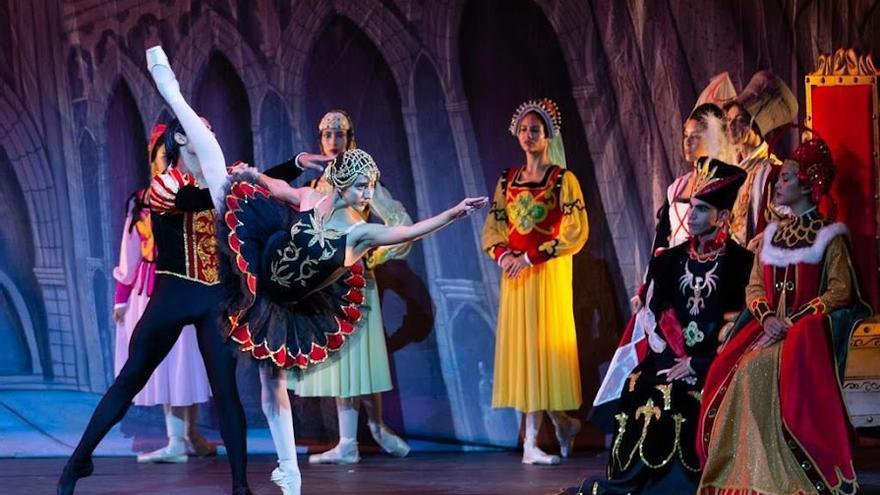
![]() 14ymedio, Madrid, 18 September 2023 — Eight dancers of the Ballet Clásico de Cuba (formerly Ballet de Camagüey) stayed in Spain in August, after performing Swan Lake in Barcelona and Madrid. The director of the group herself, Regina Balaguer, reported this to an official newspaper, just a month after complaining to the Spanish press that the only thing that is talked about when they go on tour is the dancers who escape.
14ymedio, Madrid, 18 September 2023 — Eight dancers of the Ballet Clásico de Cuba (formerly Ballet de Camagüey) stayed in Spain in August, after performing Swan Lake in Barcelona and Madrid. The director of the group herself, Regina Balaguer, reported this to an official newspaper, just a month after complaining to the Spanish press that the only thing that is talked about when they go on tour is the dancers who escape.
“We are not going to tie them up either, each one owns their life, but the most important thing is that they finished the engagement, except for two,” Balaguer told the Camagüey newspaper Adelante, without giving the names of the artists. “If it can’t be 24 swans, it will be 12, it will be 8, as in other companies,” she said. “It will not be the first time that we add second-year and third-year students,” she proposed as an “alternative,” and threw a dart at the deserters: “Most of us have a sense of belonging.”
In the interview with the provincial newspaper, the official acknowledged that the “exodus” is a “complex problem,” recalling that, although at this time it is “much more intense,” it has happened to the Camagüey Ballet throughout its history.
When she was a dancer, with Fernando as the director, on one occasion 13 solo dancers left, and the company continued. In 1994 in Monterrey, 12 returned, and the company ran out of men
In this regard, she made the count: When she was a dancer, with Fernando [Alonso, Alicia Alonso’s first husband] as the director, on one occasion 13 solo dancers left, first soloists, and the company continued. In 1994 in Monterrey, 12 returned, and the company ran out of men. “We went to Mexico in 2004 and six stayed, but in 2018 we were in Switzerland and Spain and no one stayed. Unfortunately, eight dancers have now stayed behind.”
Balaguer had alluded to the “success” of no dancer staying in 2018, at the beginning of last August, in an interview with the Spanish newspaper El Confidencial, in which she tried to avoid political and economic issues in the face of the journalist’s questions.
Between the Teatro Apolo in Barcelona and the EDP Gran Vía in Madrid, the company offered a total of 43 performances between last July and August, from Thursday to Sunday. This weekend’s report in Adelante reveals the harsh conditions on the tour of Spain. “Ninety-seven percent of the dancers were on stage for the first time. There were injuries due to exhaustion but everything was solved,” Balaguer explained. Stage manager Rafael Saladrigas said: “For me it has been the hardest tour. We were 30 dancers and 6 technicians,” when a performance like this requires 40 people on stage.
Very little space in the report is dedicated to the desertions of artists, which are, as with athletes and other professionals, recurring, but not recorded. In 2019, when Vigensay Valdés took over the National Ballet of Cuba – the first important company on the Island – there were 40 dancers who had applied for asylum in the United States and other countries, according to the statistics of the Cuban Classical Ballet of Miami.
Just a year ago, in another field of dance, a highly commented mass desertion took place when, at the end of July, eight members of the company Lizt Alfonso Dance Cuba left the delegation and stayed in Spain, after finishing their tour of Europe.
Translated by Regina Anavy
____________
COLLABORATE WITH OUR WORK: The 14ymedio team is committed to practicing serious journalism that reflects Cuba’s reality in all its depth. Thank you for joining us on this long journey. We invite you to continue supporting us by becoming a member of 14ymedio now. Together we can continue transforming journalism in Cuba.
